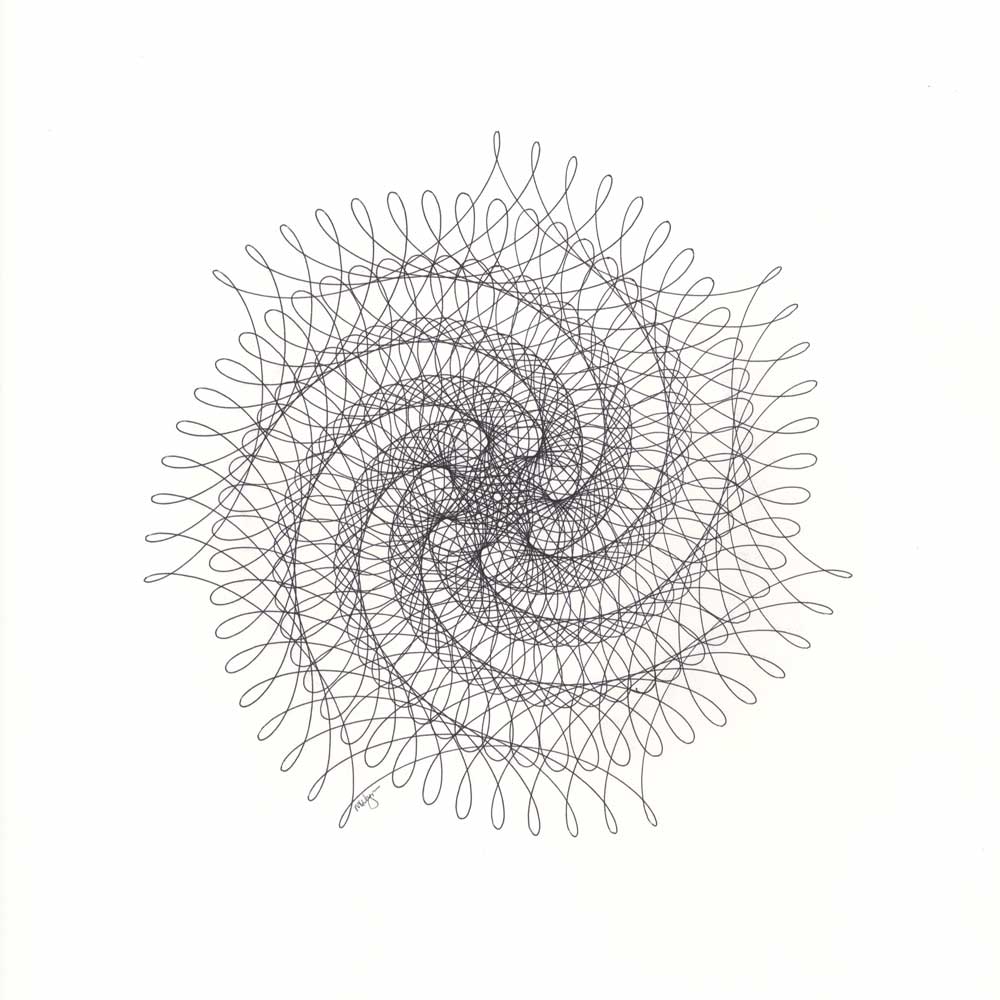|
(2016
final exam assignment) Sample Student Final Exam Essays 2016 Essay 3. Special Topics on Tragedy Special Topic # : |
LITR 4370 Tragedy

|
 |
Angela Copper
8 July
2016
Tragedy and its Updates: Human Beings under the Microscope
Originating in Ancient Greece, tragedy has stood the test of time. The
academic value of tragic plays is indisputable; Shakespeare’s
Hamlet and
Macbeth, for example, are read much
more critically within classrooms than A
Midsummer Night’s Dream. What classifies a play as a tragedy, instead of a
comedy or a satire? What makes a tragedy according to Aristotle’s
Poetics is a drama’s excitement of
“pity and fear” within the viewer. Yet, tragedy is constantly evolving and
changing as a genre.
The themes, and even overarching plots, from Ancient Greek tragedies
still find their relevance strongly present almost 1500 years later. Such is the
case with Agamemnon of Aeschylus’s
Oresteia trilogy. Queen Clytemnestra,
Agamemnon’s wife, finds herself and her thoughts constantly overlooked due to
her status as a woman, or condescendingly complimented for having the
“masculine” personality which was necessary for holding the country together in
Agamemnon’s long absence. In Eugene O’Neill’s
Mourning Becomes Electra, an American
civil war era interpretation of Clytemnestra appears in the character of
Christine. Christine also finds her thoughts and feelings to be overlooked by
her husband, which leads her to become cold and closed off – a trait that is
criticized by the voyeuristic townspeople of the play. Both women find
themselves under the microscope of society, whereas their husbands are simply
revered for being successful war heroes. The double standard of society’s
expectation of women to be constantly pleasant is highlighted by the lack of
commentary by the chorus or townspeople on the cold demeanor of Agamemnon or his
Mourning Becomes Electra
corresponding character, Ezra Mannon.
Mourning Becomes Electra
borrows more than the character of Christine/Clytemnestra from
Agamemnon. The plot of the
Oresteia is centered on a blood curse
which drives the members of Agamemnon’s family to kill each other. This is
updated for O’Neill’s Freudian psychology-influenced play. In
Mourning Becomes Electra, it is not a
“blood curse” in the Greek sense that drives the characters, but it is hinted
that there is some sort of genetic cowardice within the men of the Mannon
family. This integration of modern concepts extends to O’Neill’s use of the
Electra complex, which is defined on the Tragedy course site’s “Electra Complex”
page within the Tragedy course website as when a “young girl feels rivalry with
her mother over the affections of her father” (White). Theorized by Sigmund
Freud’s contemporary Carl Jung, the Electra complex has largely fallen out of
use in modern psychology and psychoanalysis due to advances in women’s
psychology which do not support it, unlike Freud’s Oedipal Complex, which finds
its root in the attachment developed with a mother as a nurturing figure in
youth. This update to the driving force behind the tragic error is an important
modernization of tragedy. Modern audiences often cannot relate to a blood curse,
Fate, or “the gods” driving man’s destruction. Psychological conflict, which is
internal, also appeals to the modern Western sense of individuality.
This, though, introduces the issue with the updates present in O’Neill’s
reimagining of the classic Oresteia
trilogy. While tragic characters are complex by definition,
Mourning Becomes Electra’s Vinnie can
seem too complex or flawed at times, due to her characterization’s origin in a
psychological complex. This, perhaps, is the updated version of an old problem
of tragedy, wherein a tragic character is too deeply flawed to be realistic, and
therefore the tragedy does not inspire pity or fear. Aristotle discusses this
concept within Poetics, noting that
“we must not demand of tragedy any and every kind of pleasure, but only that
which is proper to it. And since the pleasure which the poet should afford is
that which comes from pity and fear through imitation, it is evident that this
quality must be impressed upon the incidents” (Aristotle XIV). Aristotle’s
notion is that the pity and fear which is excited by tragedy should rely heavily
on mimesis, also known as imitation. Imitation in art must originate from a
subject that can be found in nature for it to be genuine and believable, and
herein lies the issue with the Electra complex. The Electra complex was not a
theory based on reality, but rather a theory based on the theory of the oedipal
complex which was based in reality. Therefore, the character of Vinnie in
Mourning Becomes Electra is imitating
theory instead of imitating reality. The complexities of the character’s
personality then become simple—each action taken can be explained by a
diagnosis. This, as Aristotle says, “moves neither pity nor fear; it merely
shocks us” (Aristotle XIII).
Shock within tragedy may rise as modern drama demands spectacle.
Spectacle, within the play Agamemnon,
is carefully managed so as to not overly shock the viewer. While the character
of Clytaemnestra appears “covered in blood” (Aeschylus 1622) of her dead husband
and another woman who she just murdered, the murders themselves are not seen
onstage. Contrastingly, in Act IV of O’Neill’s
Mourning Becomes Electra, Christine
Mannon kills her husband Ezra onstage. Ezra’s onstage death involves an
increased level of spectacle from the events of
Agamemnon, the spectacle is still
repressed in a sense—instead of stabbing her husband to death as Clytaemnestra
does in Agamemnon, Christine poisons
Ezra and he dies without a drop of blood spilt.
The downside of tragedy’s lower amounts of spectacle of course is
reflected in the genre’s unpopularity as compared to the comedy and romance
genres. As spectacle becomes more and more demanded by audiences, tragedy is not
popular among the mass audiences, but rather only a select group of people who
can appreciate the repression of spectacle present in tragedy. An update to
tragedy that can resonate more positively with modern audiences is the
democratization of characters. In
Agamemnon there is a defined class structure that the characters cannot
stray from; the watchman is lower class, subject to the pains of his job, just
an average guy complaining about work. Cassandra is a prisoner of war, unable to
make any decisions or change for herself. The people with the ability to change
their surroundings are those in power as determined by class structure, i.e.
King Agamemnon and Queen Clytaemnestra. Conversely, in
Mourning Becomes Electra, the
character Adam Brant is “the son of a low Canuck nurse girl” (O’Neill 280) who
has worked his way up to being the captain of a ship. This change of class
structure within tragedies is a reflection of cultural changes within our
society. In Ancient Greece, class structure was strongly defined and it was
understood that an important part of life was knowing your place. Conversely, in
modern Western culture, the “American Dream” is an ideal that is deeply
ingrained into our society. The concept that a person born into a low class can
be rich and successful if they just work hard enough is a very modern idea.
Overall, the updates to tragedy are as a result of a shift in culture.
The modern need for an increase in entertainment over education can be observed
in the production of modern tragedy—though spectacle is still heavily managed so
as to manage the resulting emotions from witnessing a tragedy. There have also
been cultural changes as far as religion and social structure goes—which
determines the motives and characterization elements found in modern tragedy.
Perhaps the largest changes have occurred in our understanding of humanity
itself; whether psychologically or socially. The tragedy we produce can be seen
as a reflection of our knowledge as a society; and in suffering, is wisdom.


